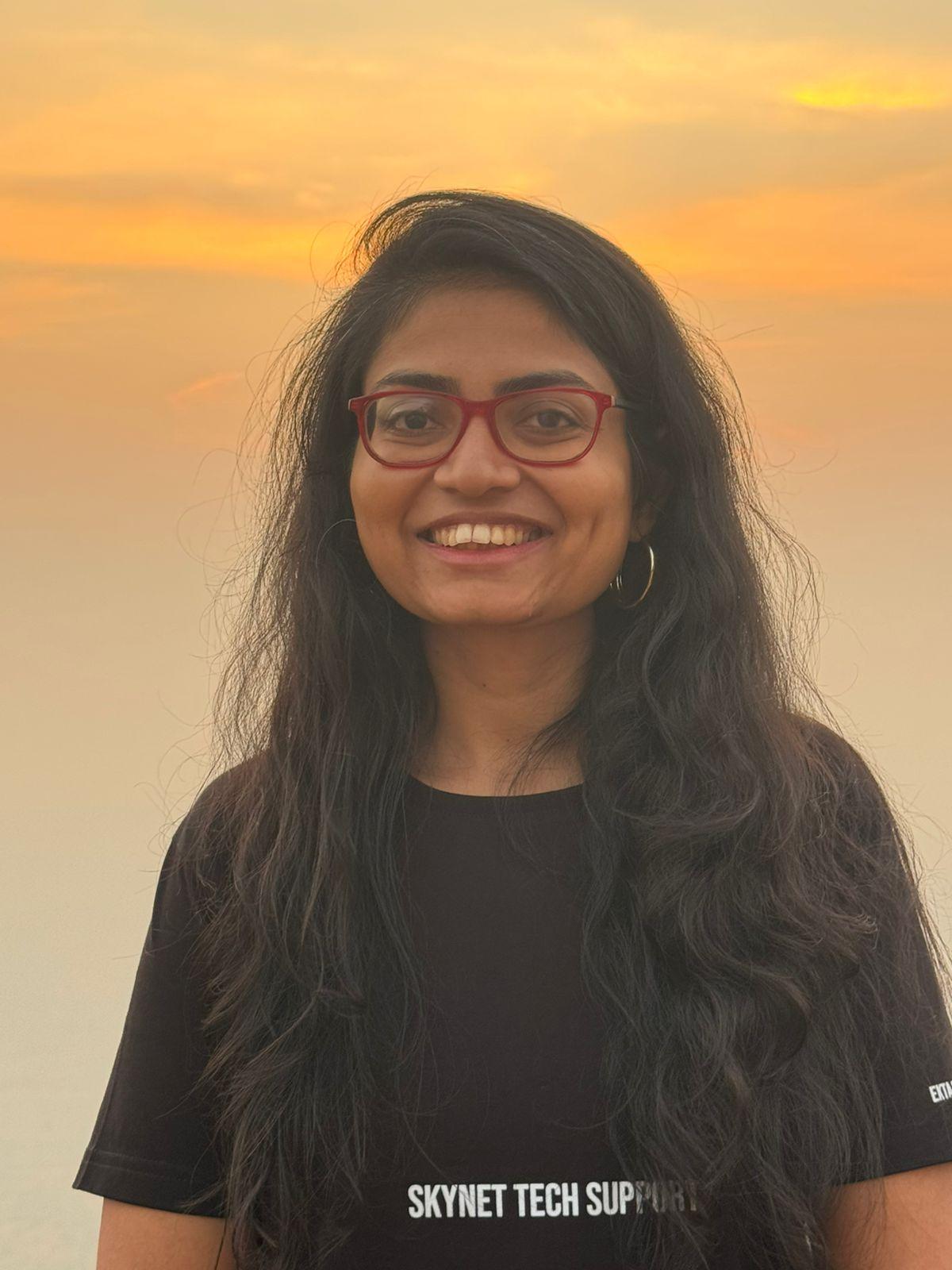Transformation of the OCR landscape from Tesseract to AI driven LLMs
The OCR landscape has evolved from foundational FOSS tools like Tesseract to AI-driven frameworks built by global communities. While Tesseract pioneered open text extraction, modern FOSS solutions—PaddleOCR, Kraken, and TrOCR—leverage deep learning to decode handwriting, multilingual texts, and complex layouts. Projects like LayoutLM and DocTR integrate transformer architectures for semantic analysis and table extraction, all under open licenses. Collaborative efforts train models on public datasets, ensuring transparency and avoiding vendor lock-in. By merging vision-language models (Nougat) with accessible codebases, FOSS tools now rival commercial APIs in accuracy while prioritizing ethics, interoperability, and equitable global access—proving open-source innovation drives the future of document AI.
FOSS Evolution: OCR has transitioned from rule-based systems (Tesseract) to AI-driven frameworks (PaddleOCR, LayoutLM) that handle handwriting, multilingual texts and complex layouts
Community Power: Collaborative projects like BigScience Workshop and open tools (DocTR, Kraken) prove global communities can rival proprietary solutions through transparency and shared innovation.
Ethical AI: Public datasets, open licenses, and bias audits ensure equitable access and prevent data monopolies.
Multimodal Breakthroughs: Vision-language models (Nougat) and transformers enable semantic understanding, table extraction and document intelligence
Global Impact: FOSS tools democratize applications—from digitizing historical manuscripts to parsing agricultural data—bridging gaps in education, healthcare, and heritage preservation.
Ekta Shah
